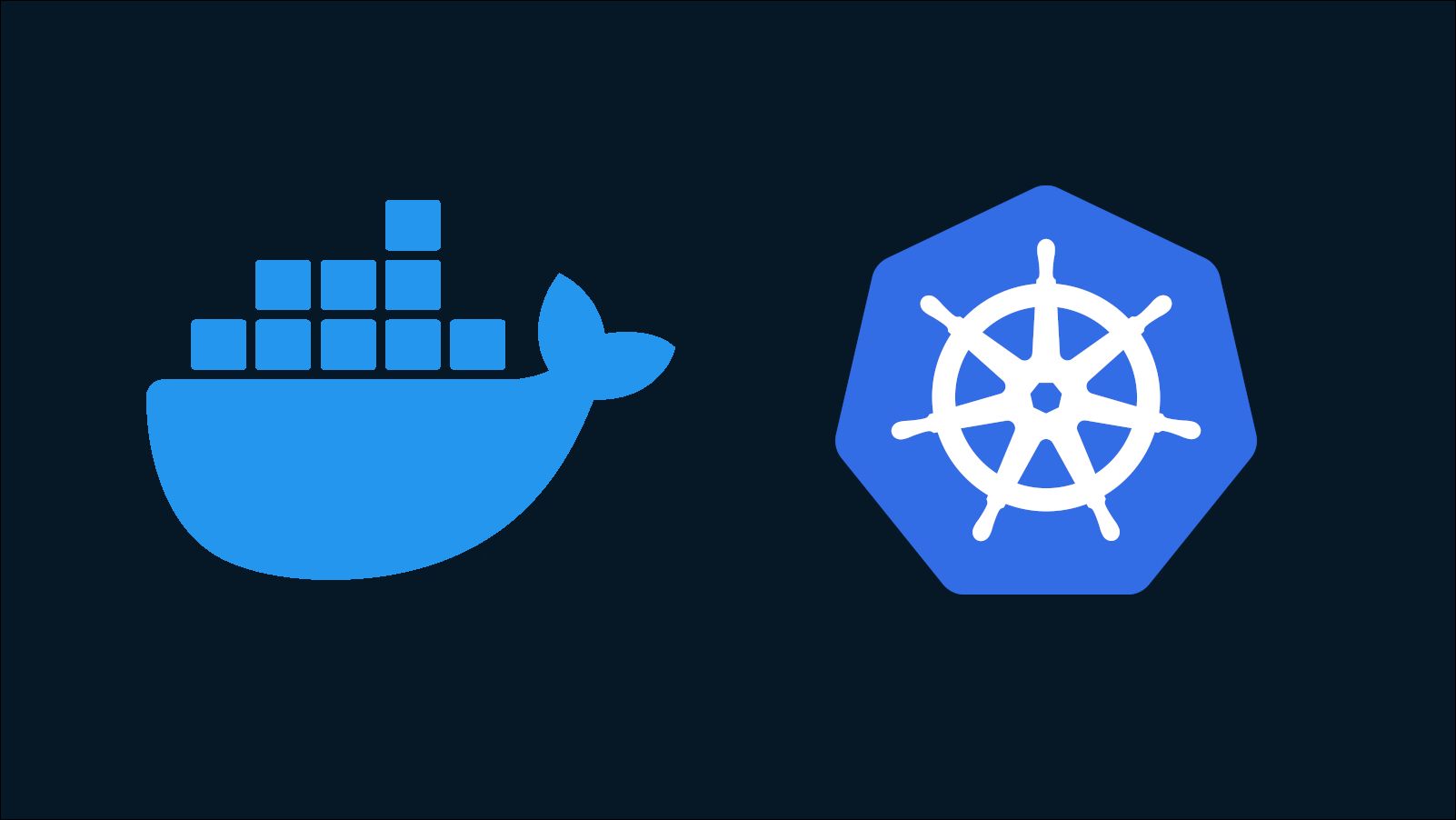
Anthony Heddings
Contributing since June, 2015
-
640articles
Page 3
About Anthony Heddings
Anthony Heddings is a tech writer and freelance React developer. He enjoys spending most of his time debugging JavaScript and yelling at his terminal.
Latest Articles
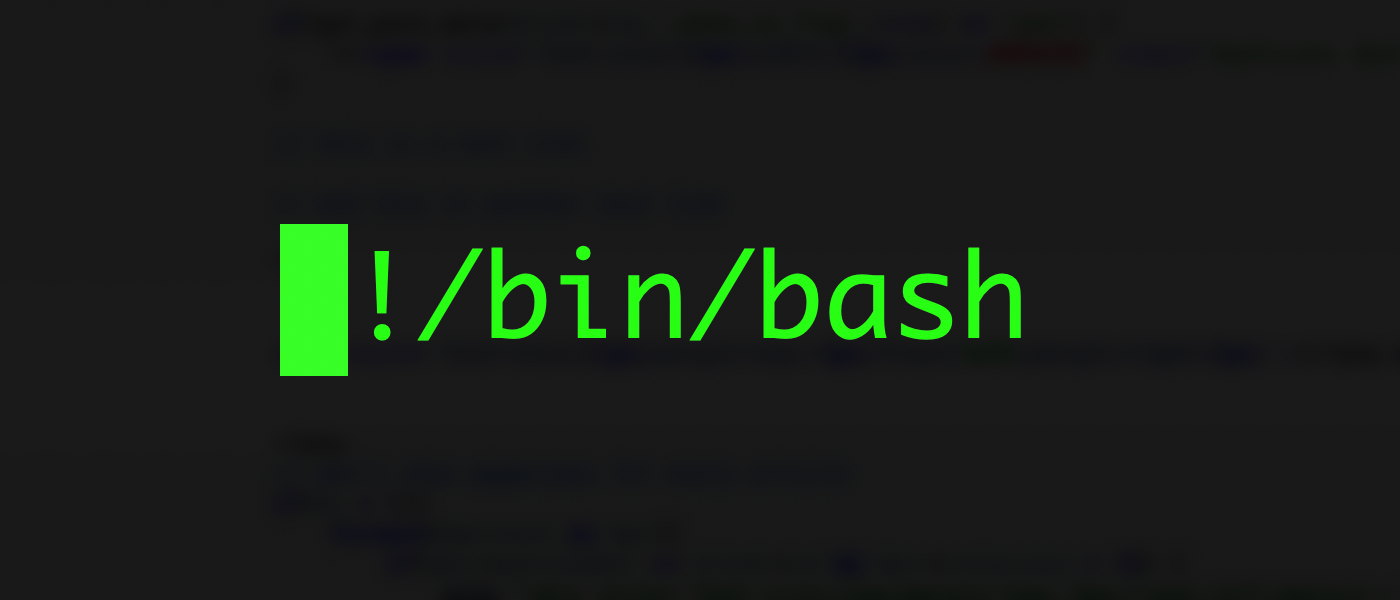
How to Use grep to Display Filenames & Line Numbers Before Matching Lines
grep is a Linux utility commonly used for searching file contents, or any input passed to it.

What Is Static Content, and How Does it Affect Your Website?
You've probably heard the term "static content" thrown around---it applies to certain types of websites and files, and depending on the type of website you're running, it can have a huge effect on how you're able to host that site.

How to Add an Additional IP Address to Your Linux Server
Most Linux servers, including virtual private servers, will come with a public IP address for you to connect to.

How to grep Search for Filenames Instead of Content in Linux
grep is a Linux tool usually used for searching text files for specific content.


How To Automatically Update Docker Containers From Your Image Registry
Docker is a tool that makes it easy to run apps in portable containers.

How To Reduce Your AWS Data Usage Bill
It's no secret that AWS's pricing is high, and data in particular comes at a premium.
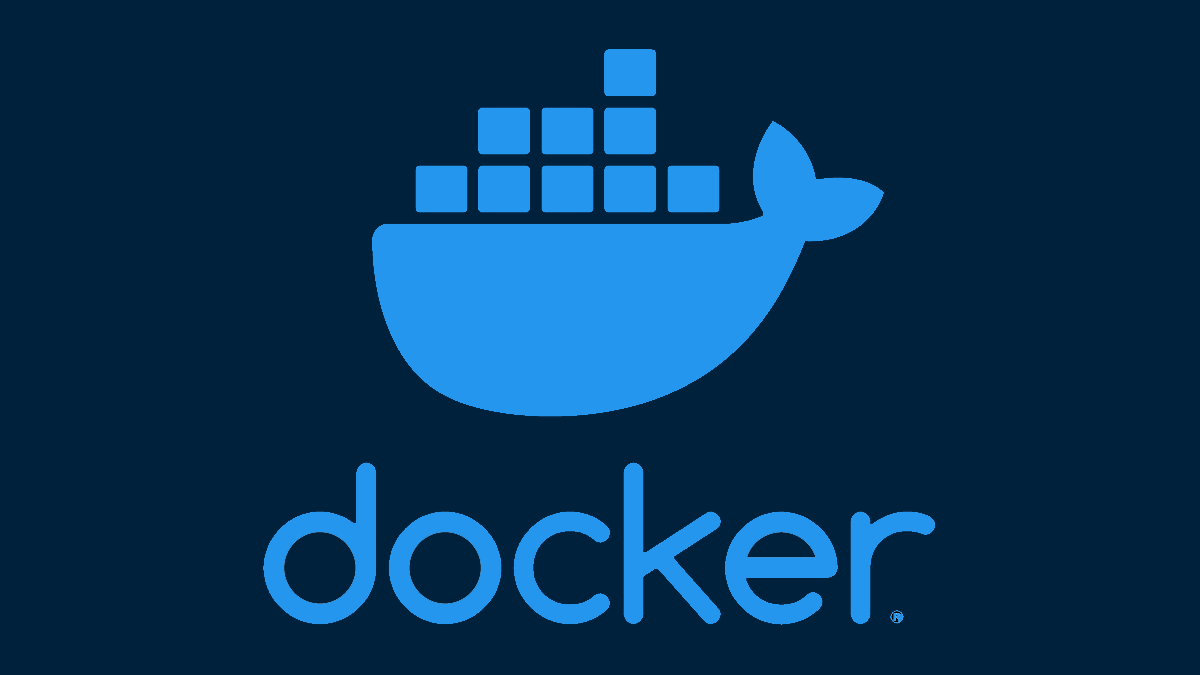
How To Use Docker with a UFW Firewall
Surprisingly, Docker does not work out of the box with Linux's "Universal Firewall," or UFW.

Debugging Your AWS Bill With Cost Explorer and Billing Tags
AWS's billing is notoriously complicated, and misconfigurations in your network can lead to excess data or resource use that can pile up unnoticed.

How To Host a Serverless Website with AWS CloudFront and S3
If you want to run a website on AWS, you may not even need a server! AWS's CloudFront CDN can serve static web content directly from an S3 bucket, leaving you paying only for requests and data transferred (which might even be free).
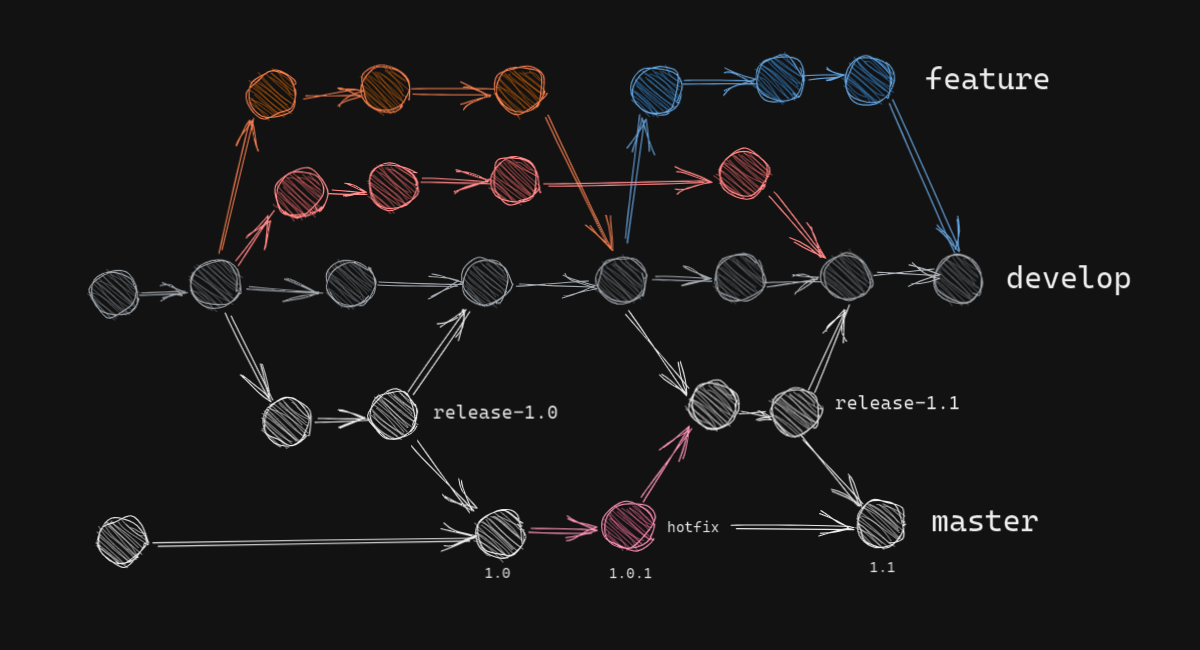
How to Choose the Git Workflow & Branching Model That's Right for Your Team
Git is a version control system at the heart of almost all software development---it's used to store and track changes to the code you write.
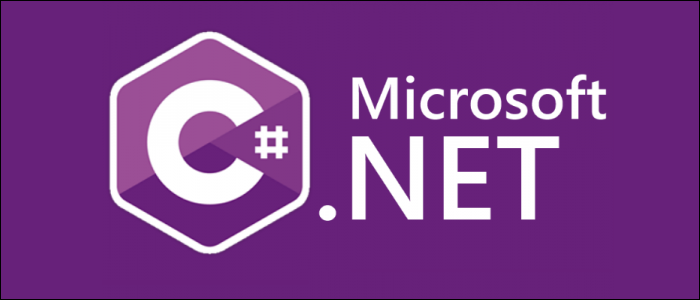
Getting Started Using .NET With AWS Lambda Functions
AWS Lambda Functions are a serverless computing model that lets you run code without servers.
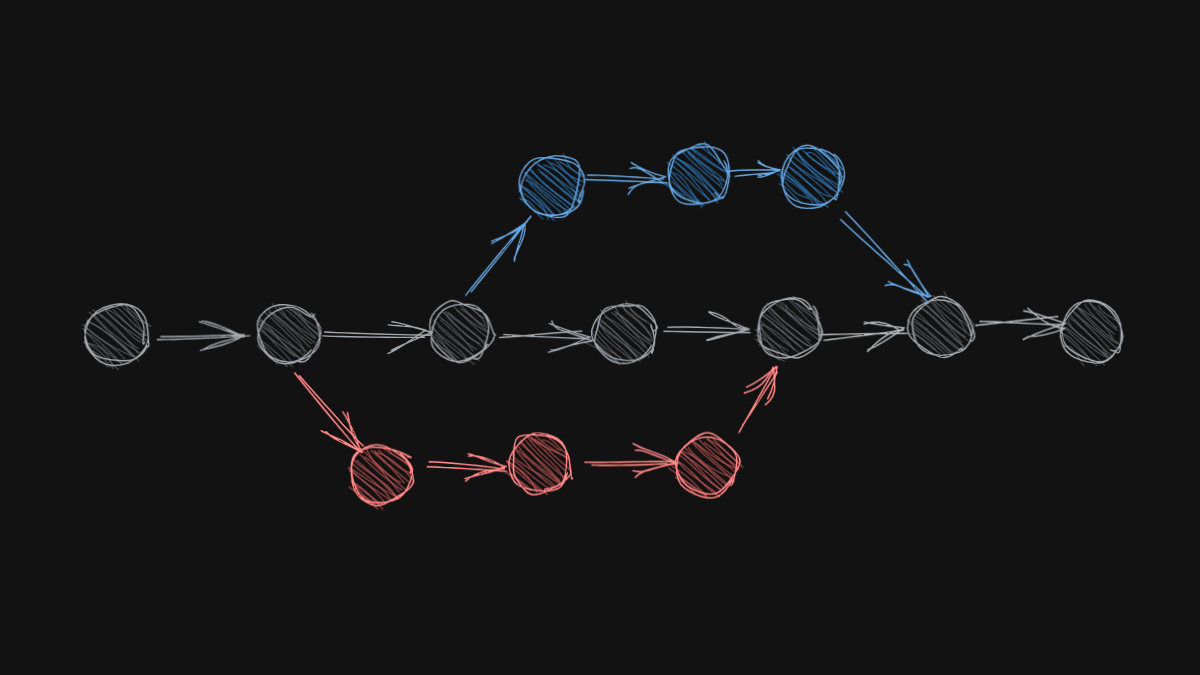
How Do Git Branches Work?
Branches are a core feature of Git's version tracking and are used constantly by teams working on the same software codebase.

Don't Drain Your Wallet: How to Set up AWS Billing Alarms & Budgets
AWS bills everything by the meter, so if you experience unexpected usage, you're going to have to pay for it.

How to Sideload Apps and Games on Your Oculus Quest
Want an app that isn't in the Oculus Store? Here's how to sideload it onto your Oculus Quest headset.

How to Run Github Actions Builds on Your Own Servers With Self-Hosted Runners
Github Actions are automation pipelines that can be used to run CI testing and builds.

Should You Use Github Actions for Continuous Integration (CI)?
Continuous Integration is crucial for any active repository that needs routine building and testing.

How to Manage Permissions for Members in a Github Organization
Github Organizations are a great way to manage members for multiple projects.

How to Use Github Actions to Automate Your Repository Builds
If you're tired of building and releasing your application manually, it might be time to set up a CI/CD pipeline.

